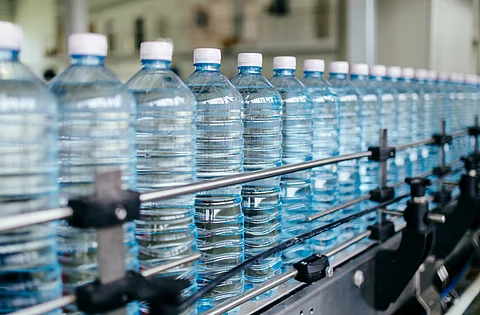

Article 6 of the global plastics treaty aims to guide states toward sustainable production systems by setting collective goals and sharing information.
It proposes a global target to maintain or reduce plastic production, with a five-year review for accountability.
While some countries support expanding its scope, others question its compatibility with the treaty's core agenda.
Within the framework of the global plastics treaty, Article 6 emerges as a potential tool to guide states toward more sustainable production systems. It seeks to enable collective goalsetting, information sharing and lifecycle-wide interventions, while leaving room for further refinement.
One of the article’s central features is the proposal to establish an aspirational global target potentially outlined in an annex to help maintain or reduce plastic production to sustainable levels. It encourages parties to take measures throughout the plastic life cycle, including the reporting of statistical data on production, consumption, imports and exports. There is also a provision for a five-year review of progress made under this article, signalling an intention to build in accountability and course correction mechanisms over time.
Several states, including Rwanda on behalf of the African Group of Nations, along with PSIDS, Chile, Ethiopia, Kenya and others, have contributed proposals to expand the article’s scope. These include systems for licensing the production and trade of primary plastic polymers, as well as common methodologies and guidance for reporting. Some countries have also emphasized links to broader concerns, such as human health, financial incentives, and the role of subsidies.
However, positions are far from uniform. Countries like Iran, Kazakhstan, Qatar and Saudi Arabia have questioned the inclusion of this article altogether. Concerns range from its perceived incompatibility with the treaty’s core agenda to fears that curbing production could interfere with global trade dynamics.
The trajectory of Article 6 reflects both the potential and complexity of addressing supply-side measures within a multilateral process. As the negotiations move forward, continued dialogue will be needed to define the role sustainable production can play in a treaty designed to end plastic pollution across its life cycle.
This is a click to zoom map. View the larger image by clicking on it